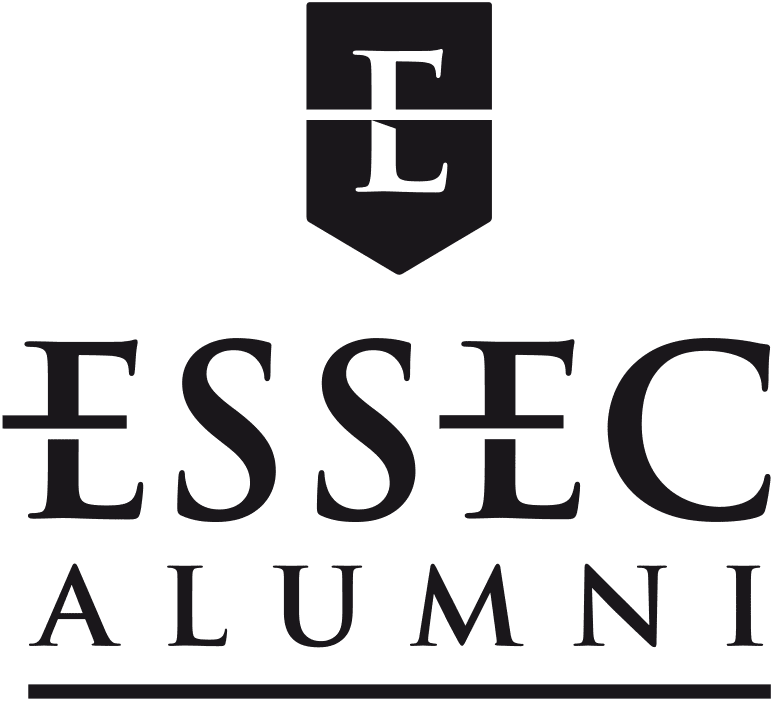Nawal Lahkim (E00): “My Role is to Help my Staff to Find Fulfilment in Their Work”
Nawal Lahkim (E00) has 20 years’ experience in human resources, both in France and Morocco. She explains why and how her career took this turn, and presents the great diversity of professions she encounters, at the heart of company strategy.
ESSEC Alumni: How did you get into human resources?
Nawal Lahkim: I began as a consultant in IS and gradually specialised in change management, which introduced me to the profession I fell in love with. Working closely with employees appealed to me; helping them to develop their skills, manage their problems and find fulfilment in their work.
EA: Did your training at ESSEC provide you with specific advantages to work in human resources, compared to your peers with other profiles?
N. Lahkim: My training in management school gave me the theoretical background and an ability for abstraction. I also acquired legal notions thanks to the courses in law I took. The rest I learnt on the ground.
EA: There are several professions behind the HR acronym. What roles have you performed in your various positions?
N. Lahkim: I’ve looked after areas such as the administrative aspects of pay, recruitment and steering the work force, skills development or succession management. The latter consists of identifying the company’s key positions and the best talents to fill those roles, and creating a short and medium-term succession plan. It is also a way of appraising existing employees and preparing them for future roles, hand in hand with the business and management teams. I was sometimes involved in in-house or external communication, transformation and organisation, quality, or general resources, which includes everything related to the refurbishment and repair of work premises.
EA: You’ve been a HR manager in various sectors. Do the problems differ from one field to another?
N. Lahkim: In consulting, the priority lies in staffing and international mobility; in banking we’re talking more about risk management and Strategic Workforce Planning. The aim of SWP is to prepare companies for new requirements in HR that technological innovations will impose in the future. We anticipate the skills to develop and the roles to create, and we set up training and coaching to support employees in these changes. In the case of certain professions which are particularly rare or specialised, we launch external recruitment.
EA: What about risk management in the context of HR?
N. Lahkim: The task here is to ensure that all the company’s HR processes are in compliance and in line with ethical concerns. If we take the example of recruitment, one of the potential risks would be to favour one candidate over another, even if the notion of equality is already established. You have to constantly ensure that the measures provided for in terms of equality have been applied correctly, and if not, to implement an action plan.
EA: More particularly, you created ex-nihilo a human resources department for S2M. Is it possible to run a company without a HR department?
N. Lahkim: In this specific case and prior to my arrival, the company’s HR actions were limited to pay and administration, overseen by the financial department, and a training officer.
EA: How did you go about creating your human resources department?
N. Lahkim: To begin with, I designed my strategy, in collaboration with General Management, according to the sector and its particularities. Among other points, we agreed to develop various roles, such as recruitment, integration, onboarding or training. We also implemented various procedures: a fair and egalitarian annual appraisal system with clear KPIs; the digitalisation and simplification of HR processes for staff, in-house communication, collaborative events to foster ties and meaning, coaching and support for our talents and managers, and the building of career paths. In addition, we worked on our vision and aim, on the values and behavioural and managerial skills we were looking for. This allowed us to define our direction - who we were and where we wanted to go. I then put a good team together. That’s the key to everything!
EA: At present, you are Director of Human Capital for the Auto Hall group. How does this position differ from the role of human resources manager?
N. Lahkim: The aim of this title is to make the employee the focal point. While “human resources” theoretically refers to the human means available to the company, i.e., its employees and their skills, “human capital” focuses more on the added value of these vested skills for the company.
Interview by Louis Armengaud Wurmser (E10), Content Manager at ESSEC Alumni
Want more content? Join us now so that we can keep bringing you news about the ESSEC network.

Comments0
Please log in to see or add a comment
Suggested Articles



